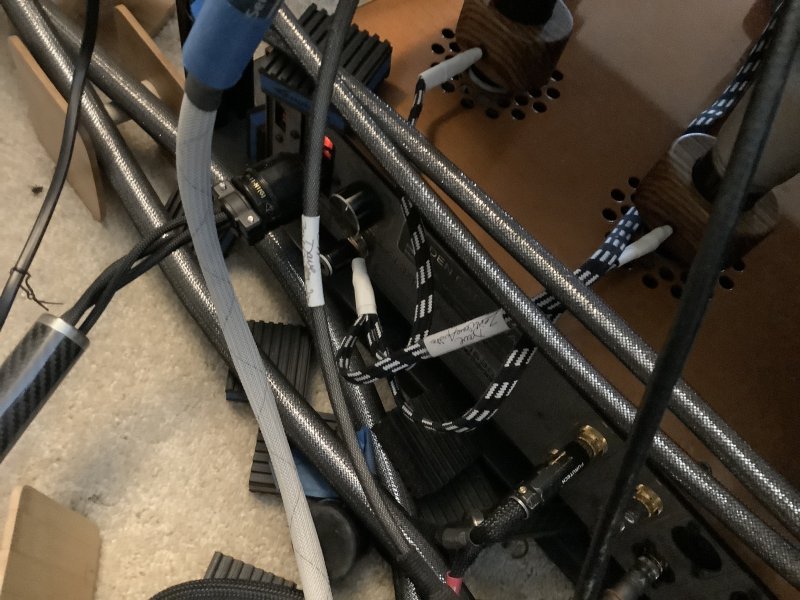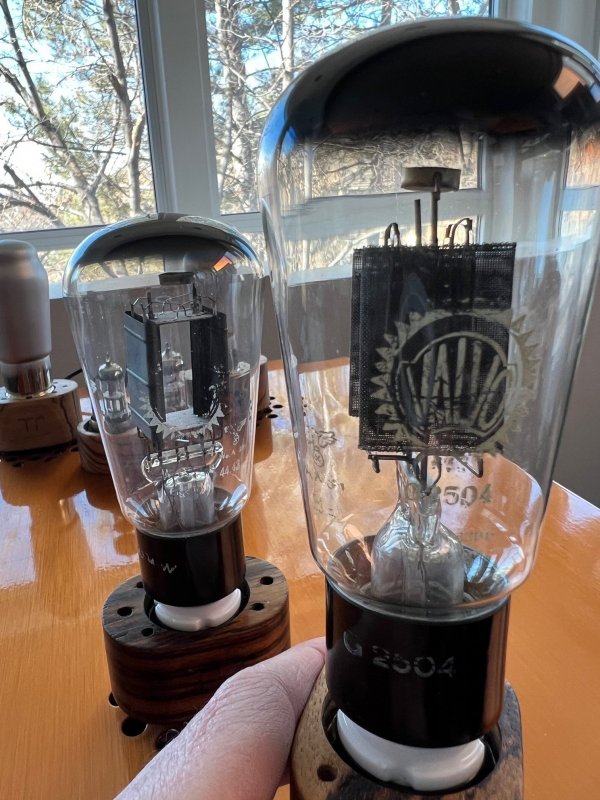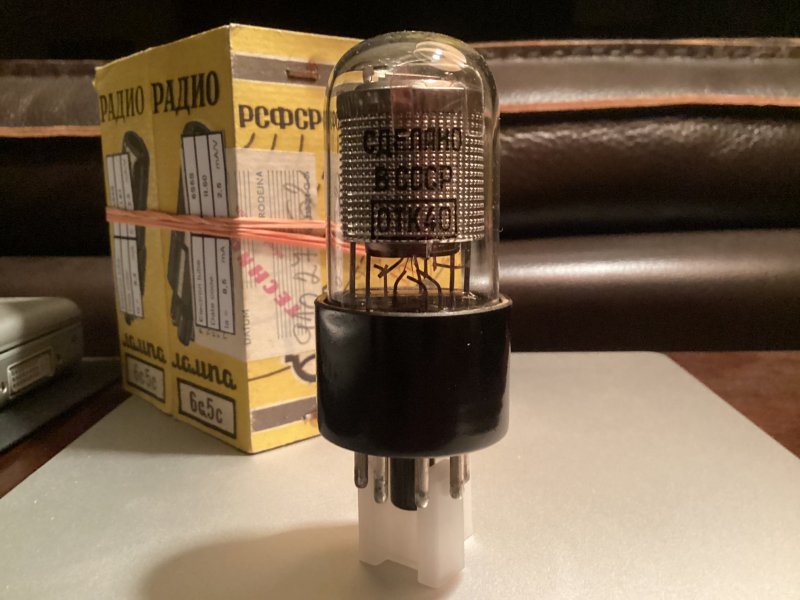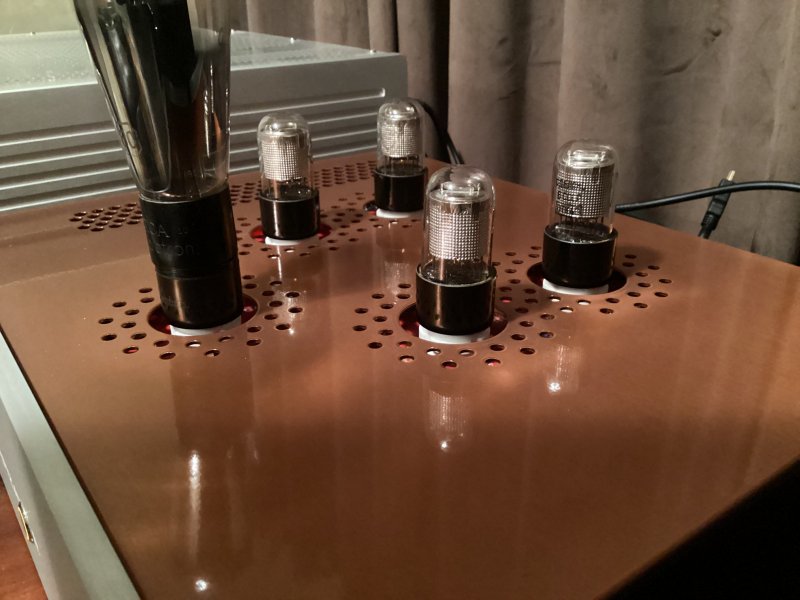Hello Highstream. Laszlo does use a braided cover from what I can see and it looks like he terminates the braiding at the spaded end. However, I have have not confirmed that with him. Based on the obsessive and detailed design of his TP adapters (relative to other offerings in the market), I have more comfort in with his stuff. That's simply my point of view, though others have really liked his adapters and GC.
As for tone (and pitch), I have the same reaction and the same sonic preference. When I attend a live performance I enjoy it more when the sound system is not over-torqued (bright, shrill), the presentation is balanced (all instruments have their proper place, space and volume), vocals are more forward in the mix (clearly distinct from the other performers) and the sound set up incorporates the character and acoustics of the venue (venue effect). That's what I like to also hear when music is recorded.
Regards,
Ray
As for tone (and pitch), I have the same reaction and the same sonic preference. When I attend a live performance I enjoy it more when the sound system is not over-torqued (bright, shrill), the presentation is balanced (all instruments have their proper place, space and volume), vocals are more forward in the mix (clearly distinct from the other performers) and the sound set up incorporates the character and acoustics of the venue (venue effect). That's what I like to also hear when music is recorded.
Regards,
Ray















